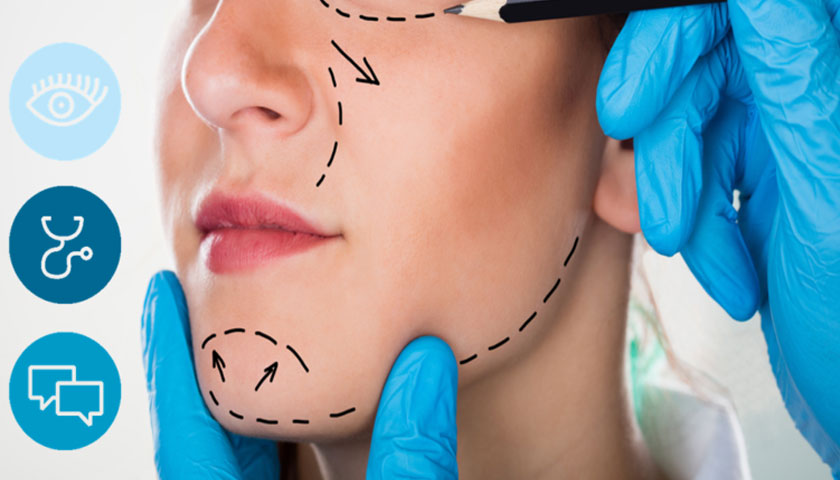The ASA/CAP have released a post called: Cosmetic interventions and the CAP Code. I have enclosed the text of the link below, but please have a look at the ASA/CAP site as there are lots of things of interest to anyone with an interest in Ethical Marketing.
Many people like to take pride in their appearance and some look to companies who provide a whole host of cosmetic services, from non-surgical interventions to major surgery. Ads which promote these services must be prepared with a sense of responsibility to both consumers and to wider society, and here are a few things to think about to ensure your ads are looking their best.
Social Responsibility
Issues relating to body image must, naturally, be handled sensitively. As such, advertisers should ensure that their ads do not imply that one body type or specific trait is preferable over another, as this may exploit those with body insecurities.
Moreover, ads should not suggest that cosmetic surgery is a trivial matter. Surgery should be presented as something which requires time and detailed thought to consider, rather than as something which can be undertaken lightly with no risks. As such, the presentation and tone of ads must be balanced and appropriate to the service being offered.
The promotion of prescription-only medicines (for example, Botox) to the public is not permitted, and advertisers should take care to avoid even indirect references (such as “anti-wrinkle injections”).
Endorsements & Testimonials
Testimonials are a great way for advertisers to demonstrate to consumers the real-world results of their products. When it comes to cosmetic surgery, however, testimonials must be socially responsible so they do not portray surgery as trivial or exaggerate the results. Claims within testimonials must be backed-up by evidence.
Surgical/Non-Surgical Claims
As with any advertising, objective efficacy claims for cosmetic interventions must be supported by robust evidence. Marketers should not make unrealistic claims, for example that tattoos can be removed without trace or with minimal risk of complications. “Puffery” (obvious exaggeration) and claims that the average consumer is unlikely to take literally are allowed, provided they do not materially mislead. Claims such as “a new you” or “feel fantastic” are likely to be acceptable as puffery. However, the ASA is likely to regard claims that a procedure is “revolutionary” or “turns back time” as objective and this would require robust substantiation.
Use of Production Techniques
It should go without saying that any before/after images used in ads must accurately reflect genuine results from cosmetic work. Advertisers must avoid misleadingly exaggerating the results of an intervention and, whilst the use of post-production techniques is not prohibited, marketers should be careful to avoid using these techniques to re-touch or enhance areas on the body which relate specifically to the product or service being advertised.
Placement and scheduling
CAP and BCAP are exploring, through public consultation, whether regulatory change is necessary to ensure that children and young people’s exposure to ads for cosmetic interventions is appropriately limited. This follows ongoing public health and political concerns about the potential public health and political concerns about the potential harm of cosmetic interventions advertising on children and young people when placed alongside body image pressures and mental health, as well as the inherent risks and potential complications of those procedures.
The consultation has now closed but you can read more about the background here and make sure you keep an eye on our website for further developments.
For further guidance, see our AdviceOnline entries and if you need bespoke advice on your non-broadcast ads then our Copy Advice team are here to help.

